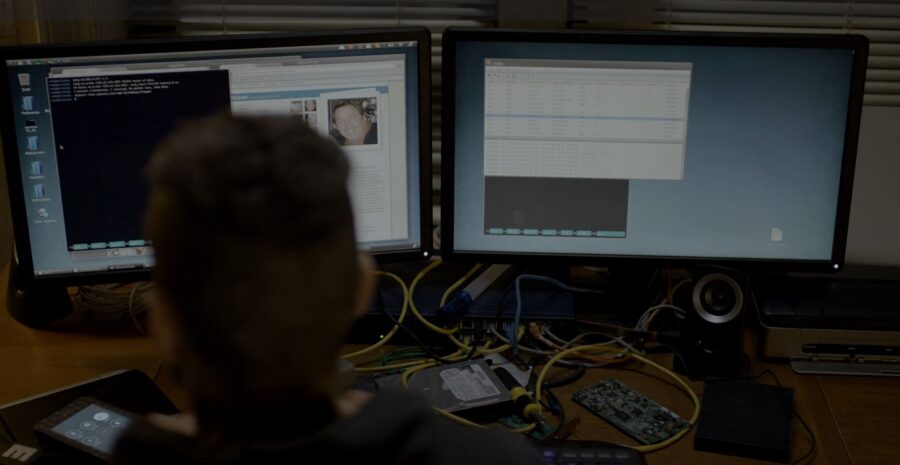Abstract:
The following essay intends to draw attention to the similarities of code-based malware and biological pathogens, both in operation, behaviour and predictability. Applying methodology from the field of epidemiology rather than looking at novel approaches could allow for an enhanced approach to handle, prevent or mitigate malware outbreaks. This paper will additionally explore the similarities in terminology used in both fields drawing focus to the validity of the comparison
Following the Covid-19 outbreak starting in 2019, topics of handling and controlling infectious disease became an international concern both medically, economically, and politically. Covid-19 will serve as a case study to compare to the digital outbreaks of the WannaCry and NotPetya malware pandemics of 2017. This essay will argue that malware attacks are to be considered cyber pandemics. While far from a novel concept, there is still significant space to explore the use of epidemiological methodology within cyber-security. Additionally, the essay intends to show the lessons drawn from the Covid-19 outbreak could be applied in the sphere of cyber security.
Finally, using the lessons and history of infectious disease, this essay will consider the lack of an internationally supported operational response in the face of digital pandemics and the need for an independent authority on cyber security in the vein of the World Health Organization that has the capacity and intention to better worldwide digital safety and stability.

